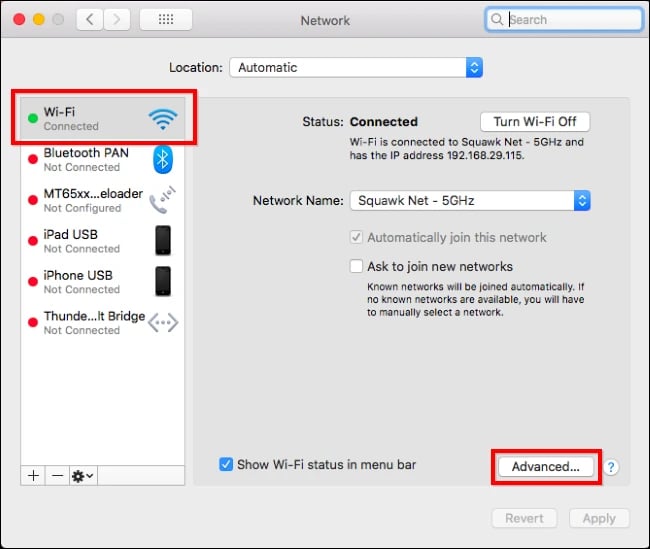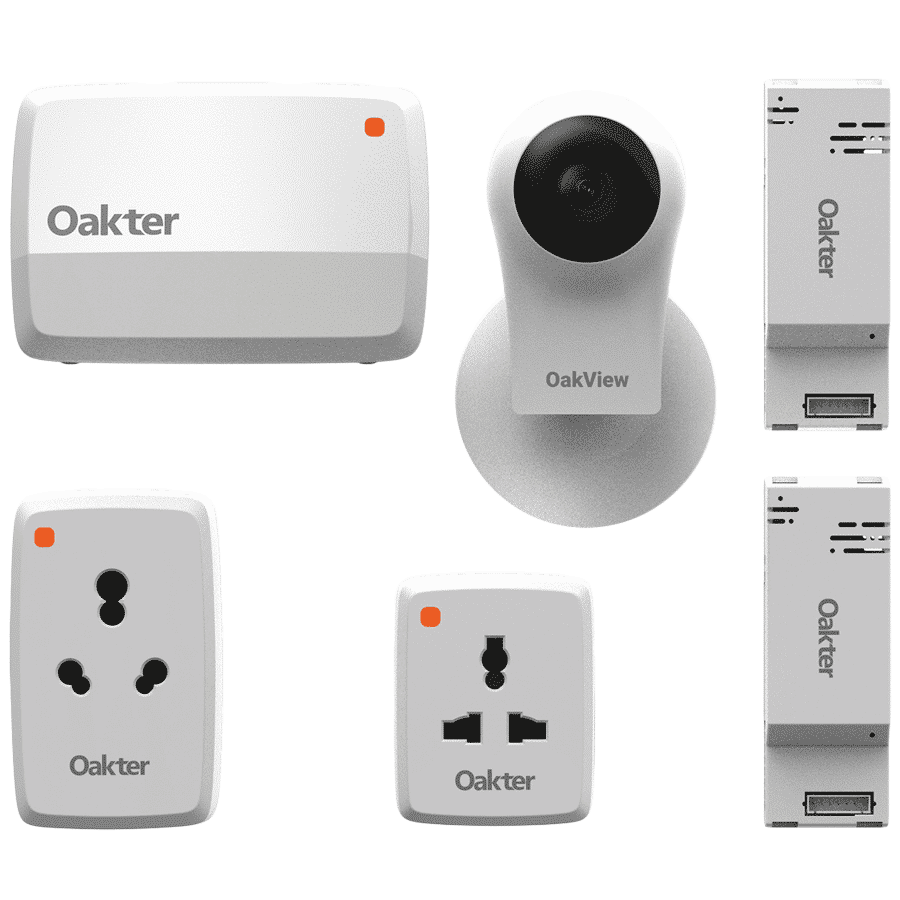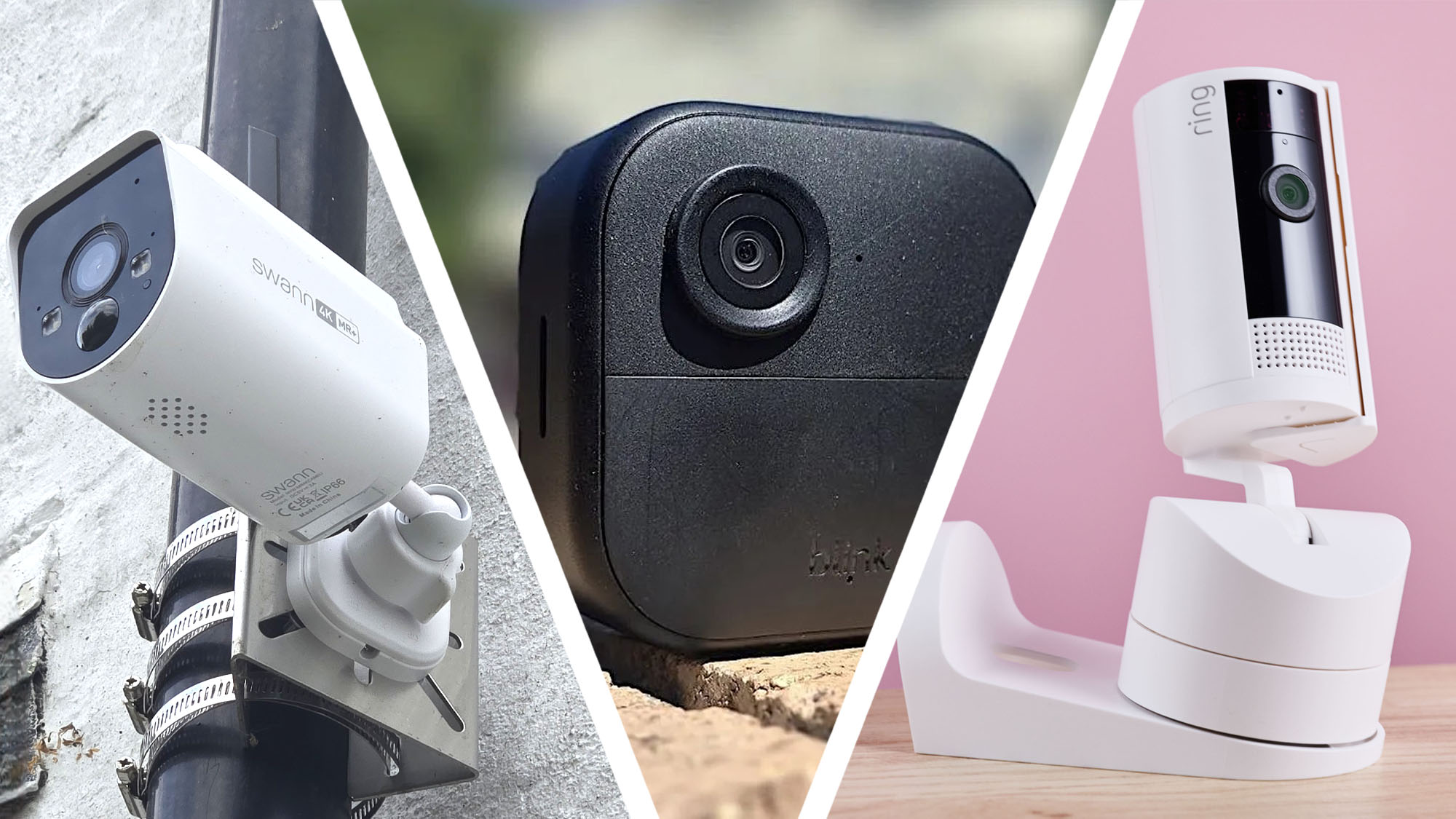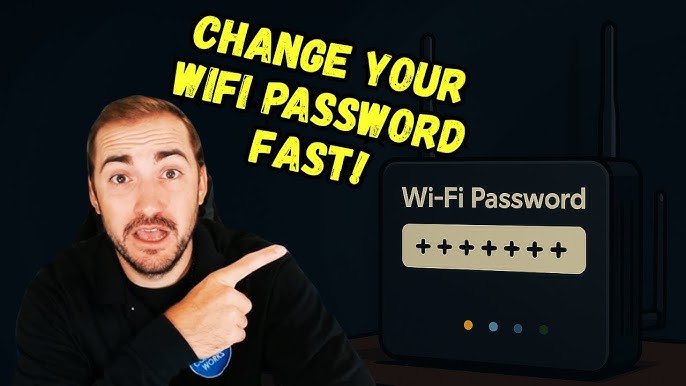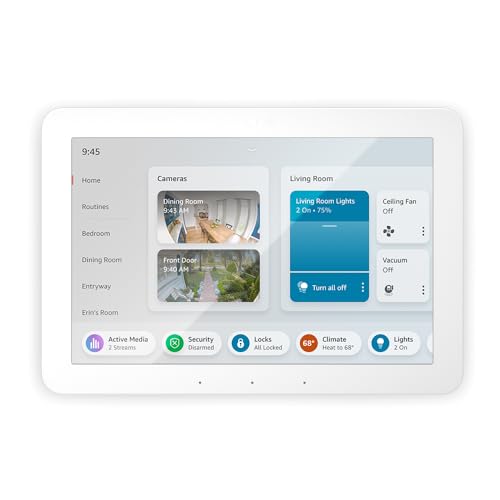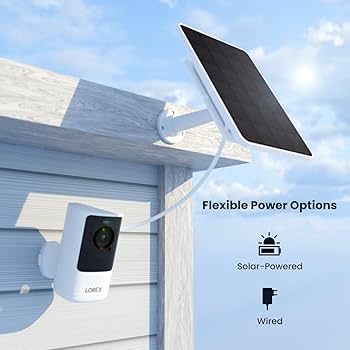Imagine losing your internet connection right when you need it most—during a crucial video call, streaming your favorite show, or finishing important work. Frustrating, isn’t it?
That’s where LTE backup for your home network comes in. It’s a smart, reliable way to keep you connected no matter what. You’ll discover how setting up an LTE backup can protect your online world and give you peace of mind.
Keep reading to find out how easy it is to stay online without interruptions. Backup for Home Network
Why Lte Backup Matters
Home networks often face interruptions that stop internet access. LTE backup keeps your connection on during these times.
It uses mobile networks to provide internet when your main line fails. This backup can save you from losing work or communication.
Common Home Network Failures
Internet connections can fail due to many reasons. Knowing these helps you prepare with an LTE backup.
- Wired line cuts from construction or accidents
- Power outages that affect your modem or router
- Service provider maintenance or outages
- Equipment failures like broken routers or cables
- Severe weather causing signal disruptions
Benefits Of Lte Backup
LTE backup helps keep your internet active when the main line stops working. It offers a quick and reliable alternative.
It also supports important activities like remote work, online school, and home security systems.
- Maintains internet during wired line failures
- Easy to set up with most routers
- Works even during power outages with a backup battery
- Provides mobile internet speeds suitable for daily tasks
- Supports multiple devices at once
Comparing Lte With Other Backup Options
There are several ways to back up your home internet. LTE is one common choice, but others exist.
| Backup Type | Speed | Reliability | Setup Ease | Cost |
|---|---|---|---|---|
| LTE Backup | Medium | High | Easy | Moderate |
| Satellite Internet | Low to Medium | Medium | Moderate | High |
| Secondary Wired ISP | High | High | Difficult | High |
| Dial-up Backup | Low | Low | Easy | Low |
LTE backup is faster than dial-up and satellite in many places. It is easier to set up than a second wired line.
Choosing The Right Lte Backup Plan
Having an LTE backup plan keeps your home network online during outages. It helps avoid long internet interruptions.
Choosing the right plan depends on your needs and budget. Think about data, speed, cost, and coverage.
Data Limits And Speeds
Look for an LTE plan with enough data for your home use. Streaming, video calls, and downloads use more data.
Speeds vary by plan and location. Faster speeds improve browsing and streaming quality during backup use.
- Check monthly data caps to avoid extra charges
- Choose speeds that support your usual internet activities
- Consider plans with unlimited data if you use a lot
Cost Considerations
Price is important when selecting an LTE backup plan. Compare monthly fees and any extra costs.
Some plans charge for data overages or equipment rental. Look for a plan that fits your budget.
- Review monthly fees and contract terms
- Watch for hidden costs like activation or rental fees
- Balance cost with data needs and reliability
Carrier Coverage And Reliability
Good coverage ensures your LTE backup works when needed. Check carrier service in your home area.
Reliable signal means fewer dropped connections. Test coverage with your device before choosing a plan.
- Use carrier coverage maps for your address
- Ask neighbors about their LTE service quality
- Consider carriers with strong local networks
Hardware For Lte Backup
LTE backup uses cellular networks to keep your home online. It helps when your main internet goes down.
Choosing the right hardware is key for a strong and stable LTE backup system.
Lte Routers And Gateways
LTE routers connect your home network to the cellular network. They switch to LTE when your main internet fails.
Gateways combine LTE routing with other features like Wi-Fi and network security. They are easy to set up.
- Provide automatic failover to LTE
- Support multiple devices on Wi-Fi
- Include Ethernet ports for wired connections
- Offer simple setup and management
Modems And Sim Cards
Modems translate LTE signals into internet data. They work with SIM cards from your cellular provider.
SIM cards are like a key to the LTE network. You need the right plan to get enough data for backup use.
- Modems support different LTE bands and speeds
- SIM cards require data plans with good coverage
- Some modems are built into routers or gateways
- Choose SIM cards from reliable carriers
Antenna Options To Boost Signal
Strong LTE signals improve backup speed and reliability. External antennas help capture better signals.
You can choose antennas based on your location and signal strength. Directional antennas focus on one tower.
- Omnidirectional antennas capture signals from all directions
- Directional antennas point to a specific cell tower
- High-gain antennas boost weak signals
- Place antennas near windows or rooftops for best results

Credit: www.amazon.com
Setting Up Lte Backup At Home
LTE backup helps keep your home internet working if your main connection fails. It uses a mobile network to keep you online.
Setting up LTE backup at home is easy. You need the right equipment and some simple steps to get started.
Configuring Failover Settings
Failover settings tell your network when to switch to LTE backup. You must set these to work automatically and quickly.
Choose the conditions that trigger failover, like internet outage or slow speed. Set how long the system waits before switching.
- Detect main internet failure
- Switch to LTE within seconds
- Return to main internet when restored
Integrating With Existing Network
Connect the LTE backup router to your home network router. This keeps your devices online without changes.
Use Ethernet or Wi-Fi to link the two routers. Make sure the LTE router is set to backup mode, not main mode.
- Connect LTE router to main router
- Configure LTE router as backup
- Keep IP settings compatible
Testing And Monitoring Performance
Test LTE backup by disconnecting your main internet. Check if your devices stay connected without delay.
Use the router’s dashboard to watch LTE signal strength and data use. Regular checks help keep your backup ready.
- Disconnect main internet to test
- Check device connectivity
- Monitor LTE signal and data
- Adjust settings if needed
Optimizing Lte Backup Speed
LTE backup keeps your home internet working during outages. Speed is key for smooth online activities.
Improving LTE backup speed helps keep video calls, streaming, and browsing fast and stable.
Signal Strength Tips
Strong signal means better LTE speeds. Place your router where the signal is strongest.
Avoid walls and metal objects that block signals. Higher locations often get better reception.
- Put the router near windows
- Keep it away from thick walls
- Avoid placing near microwaves or cordless phones
- Test different spots for the best signal
Prioritizing Traffic
Not all internet uses need the same speed. Give priority to important activities.
Set your router to prioritize video calls, work apps, and streaming over downloads.
- Use Quality of Service (QoS) settings
- Limit background downloads
- Pause updates during important tasks
- Manage devices to avoid overload
Using External Antennas
External antennas improve signal strength and speed. They capture better signals from towers.
Choose antennas that match your LTE frequency bands for best results.
- Directional antennas focus signal in one direction
- Omnidirectional antennas capture signal from all sides
- Place antennas high and clear of obstructions
- Secure cables to avoid signal loss

Credit: www.wavonline.com
Troubleshooting Common Issues
Using LTE backup for your home network helps keep you online during outages. Sometimes, issues can happen that affect your connection.
This guide covers common problems with LTE backup and how to fix them easily.
Connection Drops
Connection drops are when your internet cuts out for short times. This can interrupt your work or streaming.
Check if your LTE signal is weak or if there is interference near your router. Walls and other devices can block signals.
- Place the router near a window for better signal
- Remove devices that cause wireless interference
- Restart your router to refresh the connection
- Check for firmware updates on your router
Slow Speeds
Slow speeds make browsing and downloads frustrating. LTE backup speed depends on signal quality and network traffic.
Try these tips to improve speed and reduce lag.
- Move closer to the LTE antenna or window
- Limit devices using the connection at the same time
- Check for data limits or throttling by your provider
- Reset the router to clear temporary issues
Sim Card And Router Problems
Sometimes the SIM card or router causes problems like no connection or error messages. Make sure the SIM card is active and properly inserted.
If the router shows errors, try restarting it or testing the SIM card in another device to find the problem.
- Remove and reinsert the SIM card carefully
- Clean SIM card contacts with a dry cloth
- Test the SIM card in a phone or another router
- Restart the router after inserting the SIM card
- Contact your provider if SIM card issues continue
Future Trends In Lte Backup
LTE backup is a key part of home networks. It keeps internet working when main lines fail.
New technology will change how LTE backup works. This will make home networks more reliable.
5g Impact On Backup Solutions
5G offers faster speeds and lower delay than LTE. It will improve backup network options.
Homes may use 5G as a backup or main link. This helps avoid slow or lost connections.
- 5G backup provides quick recovery from outages
- It supports more devices at once
- 5G reduces network interruptions
Advancements In Lte Technology
LTE is getting better with new features and higher speeds. This improves backup performance.
New LTE tech lowers power use and boosts signal strength. This means more stable backup links.
- Improved LTE chips for faster data
- Better antennas for stronger signals
- More efficient use of network resources
Smart Home Integration
Smart homes need reliable internet for devices to work well. LTE backup helps keep them connected.
Backup systems can connect with smart home hubs. This lets users monitor and control backup status easily.
- Automatic switch to LTE backup during outages
- Alerts sent to phones when backup activates
- Integration with home security and automation

Credit: danielrosehill.medium.com
Frequently Asked Questions
What Is Lte Backup For Home Networks?
LTE backup is a wireless internet solution. It uses LTE technology to provide internet during outages. It’s an alternative to traditional broadband. It ensures continuous connectivity when primary internet fails. Ideal for remote areas or during power cuts.
How Does Lte Backup Work?
LTE backup connects to cellular networks for internet. It uses a router with a SIM card. When your main connection drops, LTE takes over. This ensures uninterrupted internet access. It’s a seamless switch, minimizing downtime.
Why Consider Lte Backup For Home?
LTE backup provides reliable internet during outages. It’s crucial for remote work and online activities. It offers peace of mind and continuous access. Ideal for areas with frequent connectivity issues. It’s a cost-effective solution for uninterrupted service.
Is Lte Backup Reliable For Home Use?
Yes, LTE backup is reliable for home use. It ensures internet availability during outages. Cellular networks are robust and widespread. It supports most online activities. However, speeds may vary based on location and network congestion.
Conclusion
Having an LTE backup for your home network ensures constant internet access. It keeps you connected during outages or slow connections. Setting up LTE backup is simple and cost-effective. It adds reliability without extra hassle. Stay online for work, study, or fun without interruptions.
A strong backup plan gives peace of mind. Don’t let internet problems disrupt your daily life. Consider LTE backup as a smart safety net. Your home network stays stable, no matter what.
20 min read


